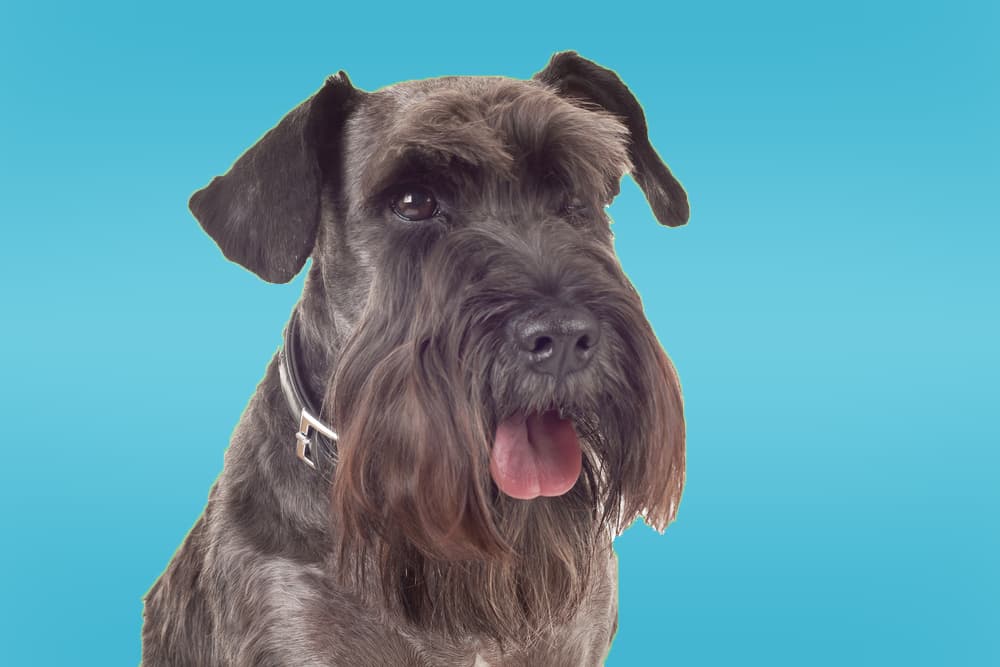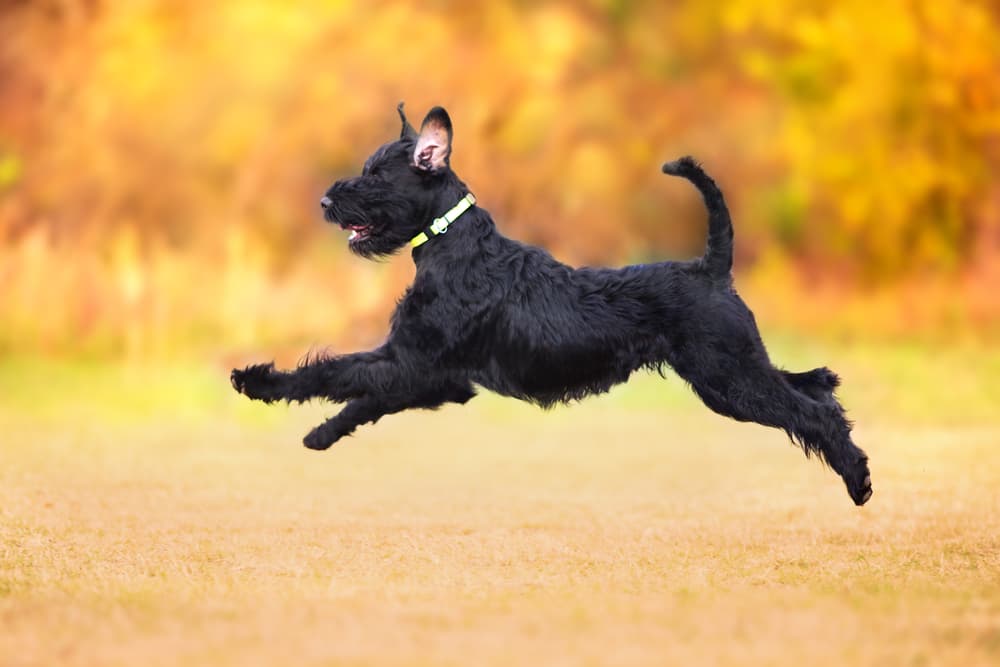Ralph, an Australian Giant Schnauzer, began his life as a little puppy with an excessive barking issue, and his future was uncertain. However, fate took a positive turn when Carolyn Lubick from Melbourne decided to open her heart and adopt him. Ralph was showered with love and countless hugs from Carolyn’s four children, who spent hours playing with him. Before long, he became a local sensation, with all the kids at the nearby school eagerly lining up just to give him a friendly pat.
Recognizing Ralph’s extraordinary potential, Carolyn and Ralph embarked on a new journey. Ralph began working regularly in the children’s department at a local hospital in Melbourne. Here, he played a crucial role, offering comfort and support to children battling cancer and assisting toddlers in their rehabilitation after orthopedic procedures, helping them take their very first steps. Ralph seamlessly integrated into the department, becoming an invaluable member of the team.























